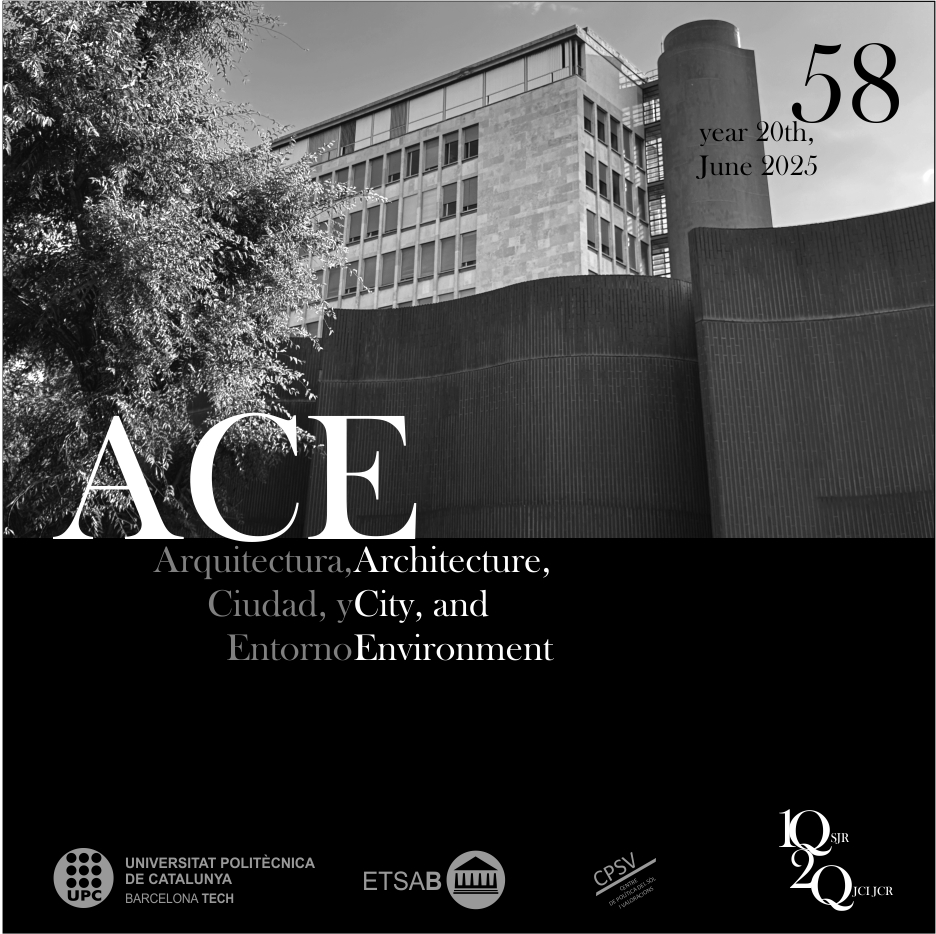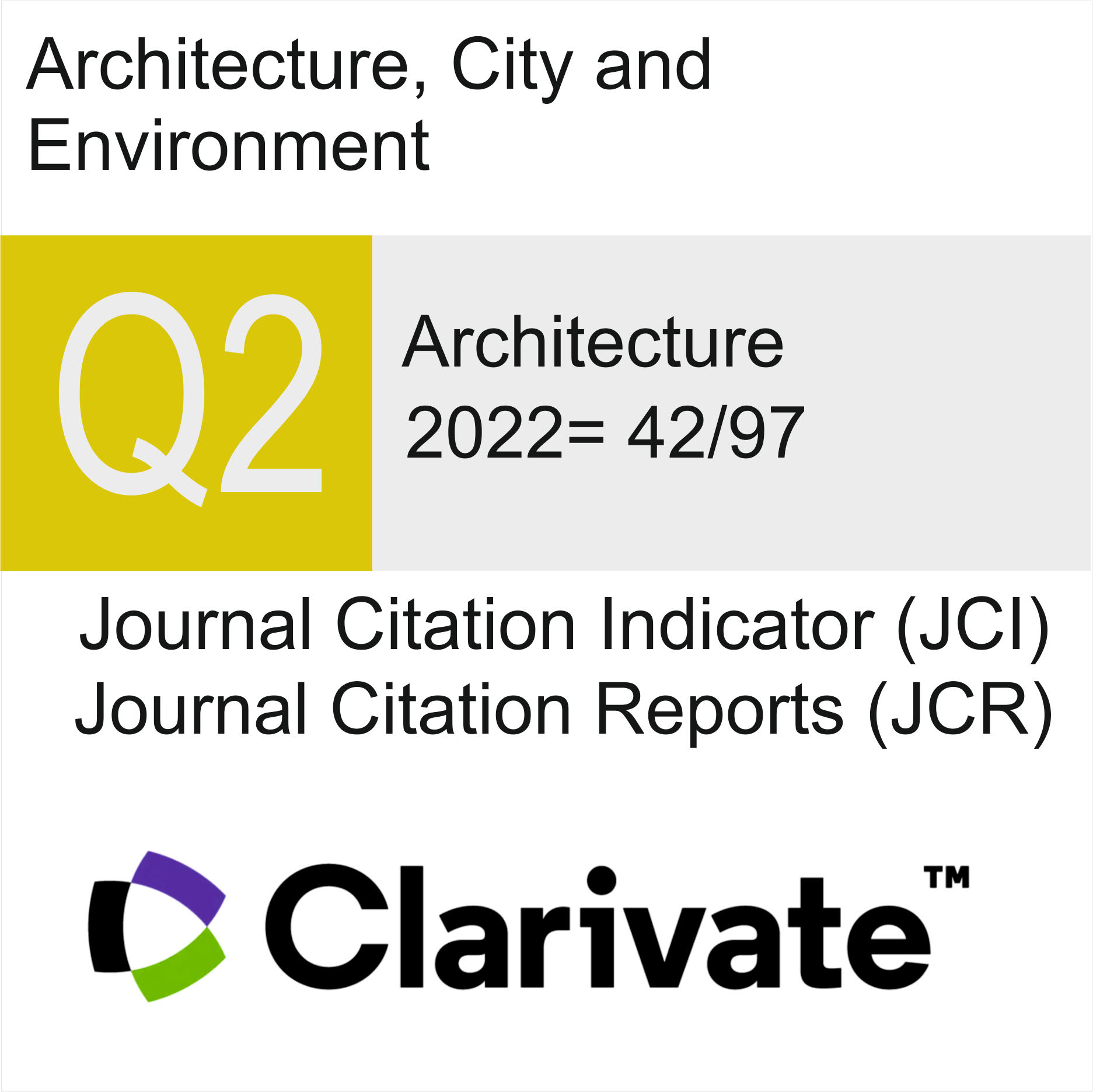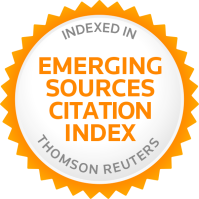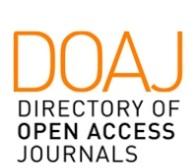Metodología de recopilación múltiple para estudiar la conexión entre el comportamiento y el diseño en el entorno construido
DOI:
https://doi.org/10.5821/ace.20.58.13401Palabras clave:
convivencia, diseño urbano, espacio público, interacción socialResumen
Este trabajo investiga la relación entre el diseño urbano y el comportamiento social mediante la recopilación de datos múltiples. La investigación compara dos parques urbanos, Superkilen en Copenhague y Parc Central del Poblenou en Barcelona, para mostrar cómo diferentes configuraciones espaciales y soluciones de diseño influyen en las interacciones sociales. La metodología integra observación directa, mapeo del comportamiento, datos de encuestas y representación gráfica para evaluar sistemáticamente el comportamiento social en dos entornos diferentes pero comparables. Tanto Superkilen como Parc Central del Poblenou fueron diseñados por arquitectos de alto perfil con la intención de fomentar la interacción entre poblaciones urbanas diversas. Aunque ambos parques fueron concebidos como espacios de convivencia con alto contenido en diseño, el trabajo de campo revela marcadas diferencias en su uso real y efectividad para promover las interacciones sociales. Este trabajo valida el poder analítico de la metodología propuesta, comparando dos áreas análogas dentro de estos parques: los asientos circulares del Red Square en Superkilen y una disposición de asientos comparable en Poblenou. Los hallazgos destacan el impacto de los elementos de diseño adaptables y flexibles en el fomento de la convivencia. Esto indica cómo la disposición adaptable de los asientos, el simbolismo cultural y la comodidad ambiental juegan un papel crucial en la configuración de la dinámica del espacio público. Este estudio contribuye a la disciplina del diseño urbano, al proporcionar evidencia empírica sobre cómo diferentes estrategias de diseño fomentan la inclusión y el compromiso social. Los resultados también ofrecen recomendaciones prácticas para diseñadores que busquen mejorar la convivencia en los espacios públicos contemporáneos. En investigaciones futuras se plantea ampliar estos conocimientos aplicando esta metodología a un conjunto más diverso de entornos urbanos.
Descargas
Publicado
Número
Sección
Licencia
COPYRIGHT
El contenido de los artículos y los comentarios en ellos expresados son responsabilidad exclusiva de sus autores, y no reflejan necesariamente la opinión del comité editor de la revista. Los trabajos publicados por ACE pueden reproducirse bajo la licencia CC-BY-NC-ND 3.0 ES más información http://creativecommons.org/licenses/by-nc-nd/3.0/es/
Lo que implica que las personas autoras sólo retienen y mantienen los derechos de Copyright dentro de las limitaciones incluidas en la licencia anterior.





































